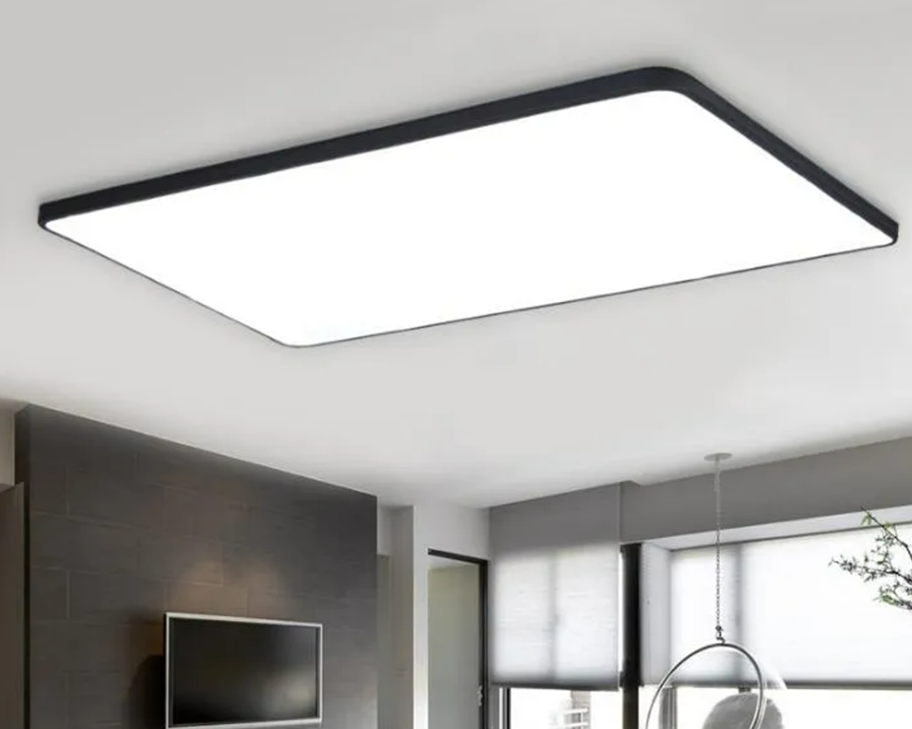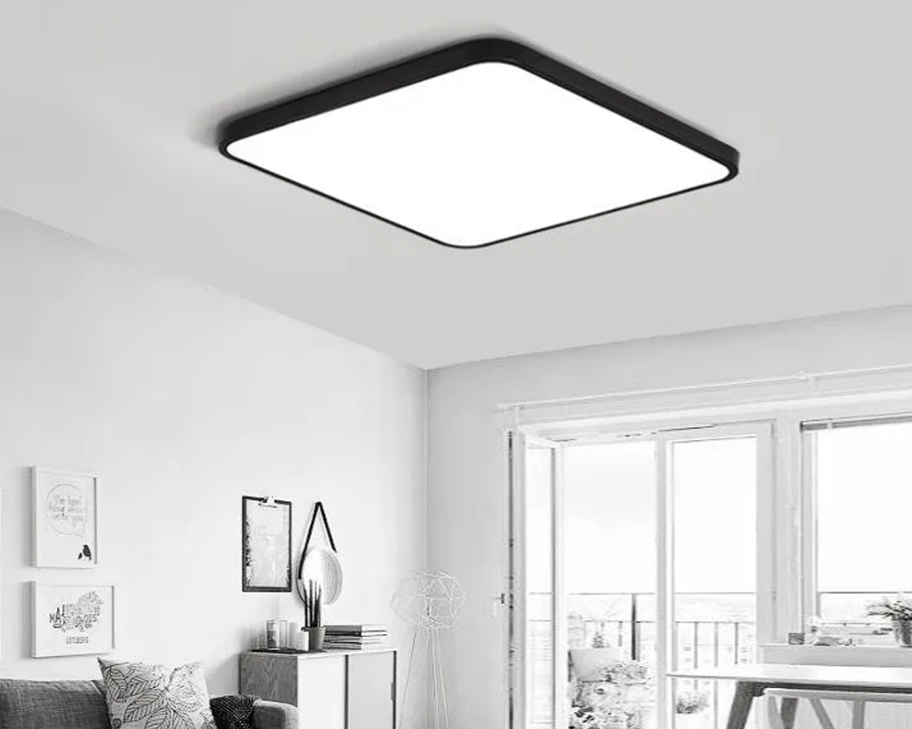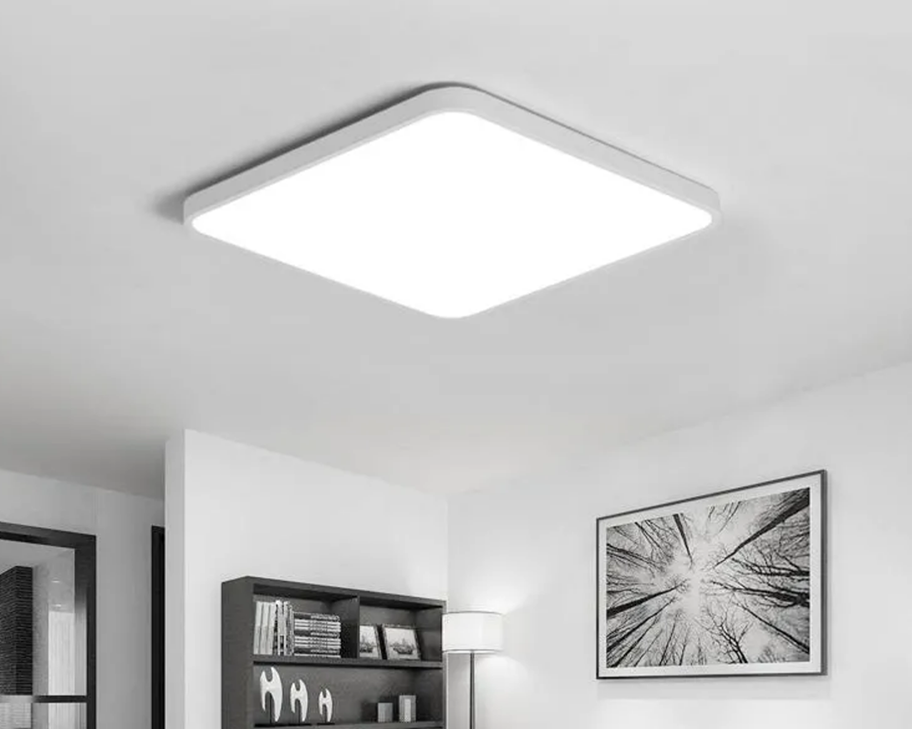In today’s rapidly evolving commercial landscape, lighting technology plays a crucial role in enhancing operational efficiency, safety, and aesthetics. Among the latest advancements, LED ceiling lights stand out as a transformative solution for diverse business environments. Their energy efficiency, durability, and versatility make them an essential investment for businesses seeking sustainable and cost-effective lighting options.
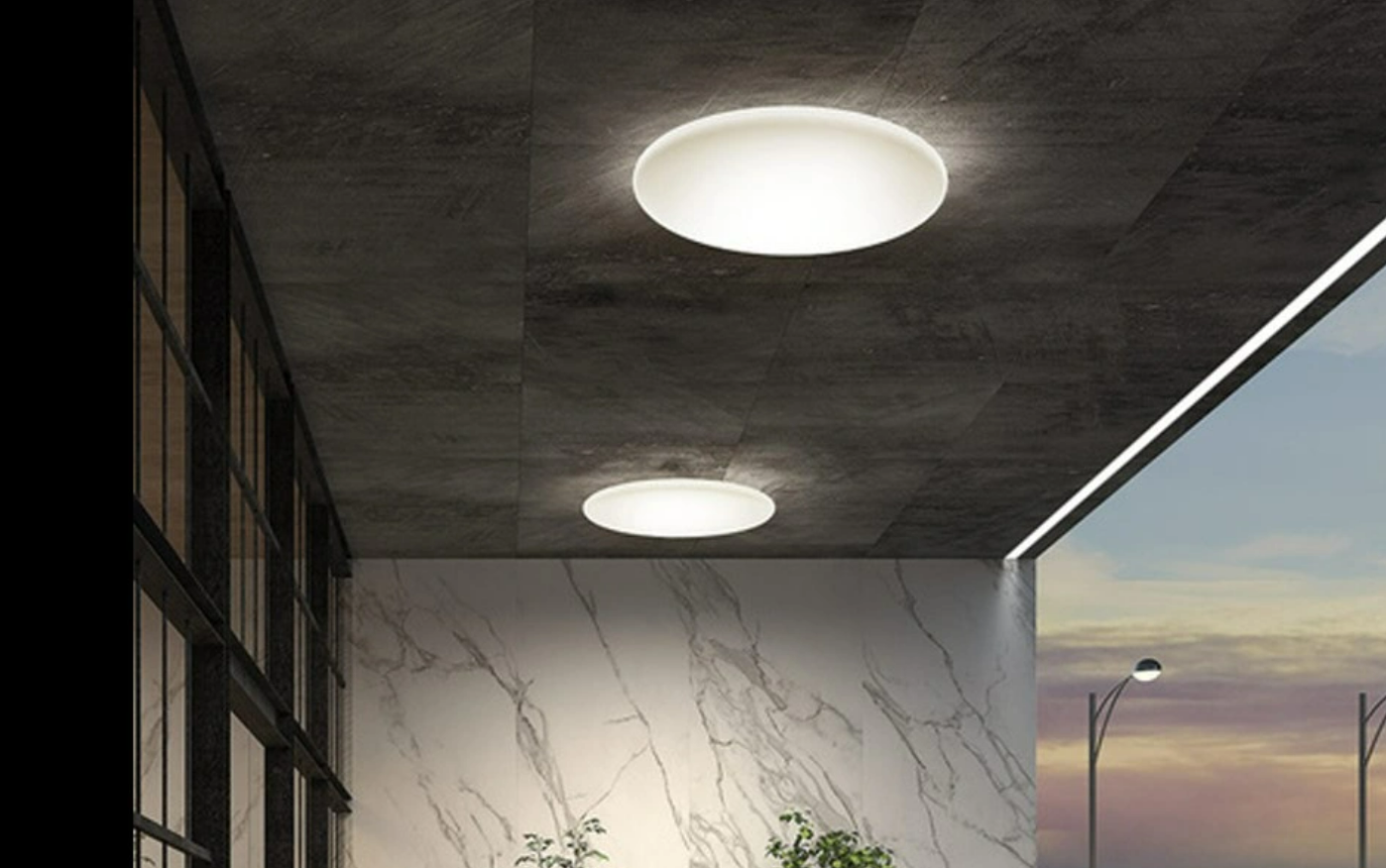
Market Applications of LED Ceiling Lights
LED ceiling lights have become ubiquitous across a wide range of commercial sectors. In retail spaces, they provide bright, uniform illumination that enhances product visibility, creating an inviting shopping experience. Office buildings benefit from their ability to deliver consistent lighting that reduces eye strain and increases productivity. Hospitality venues, such as hotels and restaurants, utilize LED ceiling lights to craft aesthetic ambiances that appeal to guests.
Industrial facilities and warehouses also leverage high-power LED ceiling lights, such as LED commercial downlights, to ensure well-lit environments for safety and operational efficiency. Moreover, specialized IP65 and IP54 ceiling lights are tailored for outdoor settings or areas exposed to moisture and dust, making them suitable for parking lots, outdoor signage, and loading docks.
Emerging Trends and Market Dynamics
The global LED lighting market is experiencing a significant shift driven by technological innovation and increasing environmental consciousness. As governments enforce stricter energy efficiency standards, businesses are compelled to transition from traditional lighting sources like incandescent and fluorescent lamps to LED alternatives.
One notable trend is the integration of smart lighting controls, allowing remote operation, automation, and energy management. This integration not only reduces operational costs but also enhances user convenience. Additionally, the development of higher IP-rated LED ceiling lights, such as IP65, is expanding the scope of applications where durability against dust and water is essential.
Sustainability considerations are also influencing market dynamics. LED ceiling lights consume up to 80% less energy than traditional lighting, translating into significant cost savings and lower carbon footprints. This growing demand for eco-friendly solutions fuels innovation and wider adoption across industries.
Product Value and Competitive Advantages
LED ceiling lights offer several compelling advantages over conventional lighting options. First and foremost is energy efficiency. By consuming less power, LEDs reduce electricity bills and facilitate compliance with green building standards. Many LED products feature high luminous efficacy, ensuring maximum brightness with minimal energy consumption.
Durability is another key factor. High-quality LED ceiling lights, especially those with IP65 or IP54 ratings, are designed to withstand harsh environments, including moisture, dust, and physical shocks. This robustness minimizes maintenance costs and downtime, which is vital for commercial operators.
Design flexibility further enhances their value. LED ceiling lights come in various styles and configurations, accommodating different architectural and interior design requirements. Whether it’s sleek, minimalist downlights or robust outdoor fixtures, the options are extensive.
From a user perspective, LED ceiling lights improve safety and comfort. Bright, uniform lighting reduces accidents in workspaces and public areas. The long lifespan—often exceeding 50,000 hours—means fewer replacements and disruptions, increasing overall operational efficiency.
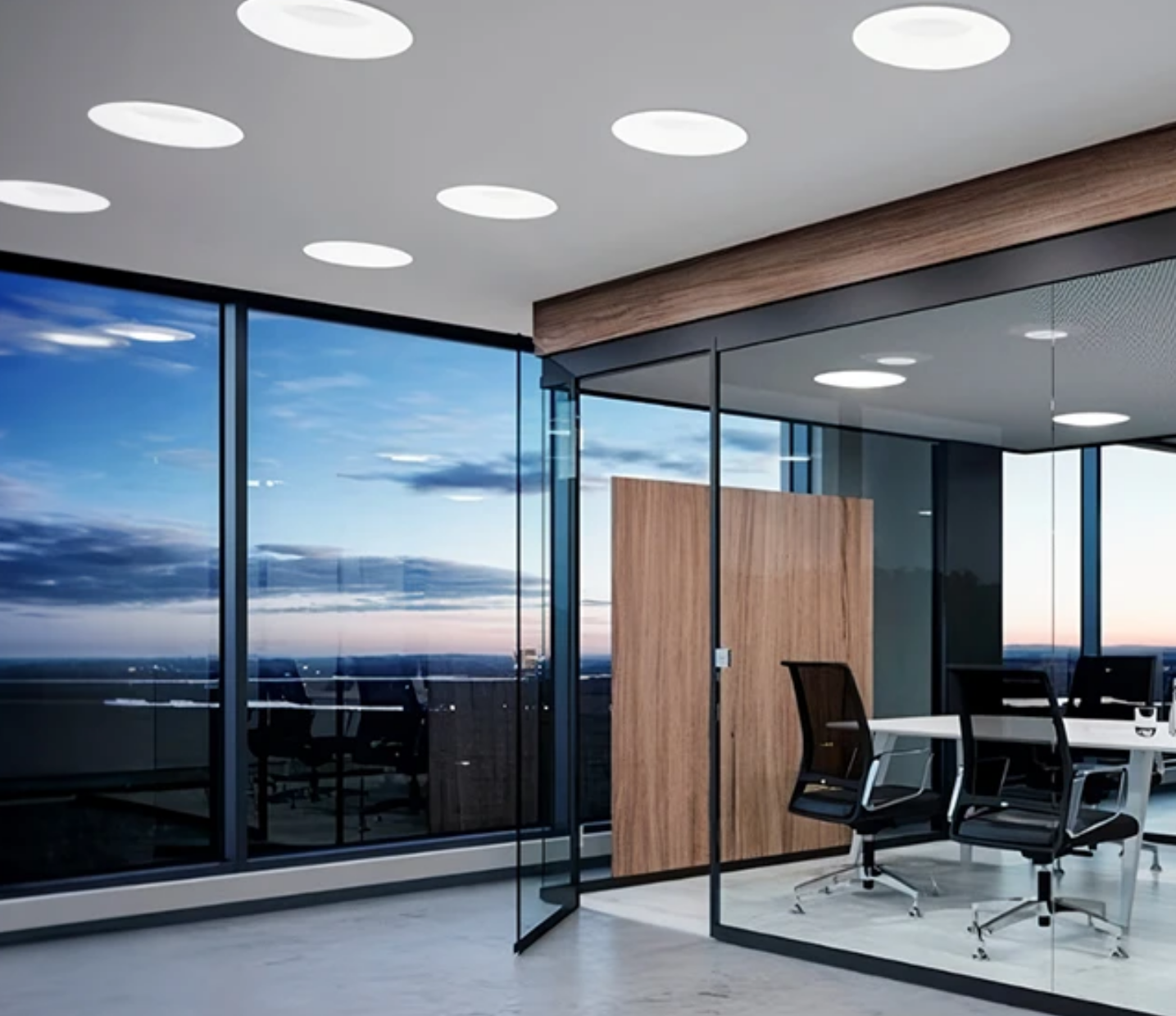
User Benefits and Investment Perspective
Investing in LED ceiling lights aligns with broader business goals of sustainability, cost savings, and customer satisfaction. With energy budgets decreased substantially, businesses can redirect funds toward other strategic initiatives. Additionally, the long lifespan minimizes maintenance efforts, freeing resources and reducing labor costs.
Furthermore, smart LED lighting solutions provide enhanced control and customization, enabling businesses to create specific atmospheres or adapt lighting levels based on operational needs. This flexibility enhances user experience and operational performance.
In conclusion, LED ceiling lights represent a vital component in the modern commercial lighting ecosystem. Their advanced features, environmental benefits, and adaptability make them an attractive option for a wide range of industries. As market trends continue toward smarter, greener, and more durable lighting solutions, the adoption of LED ceiling lights is poised for sustained growth, delivering long-term value for businesses and end-users alike.
